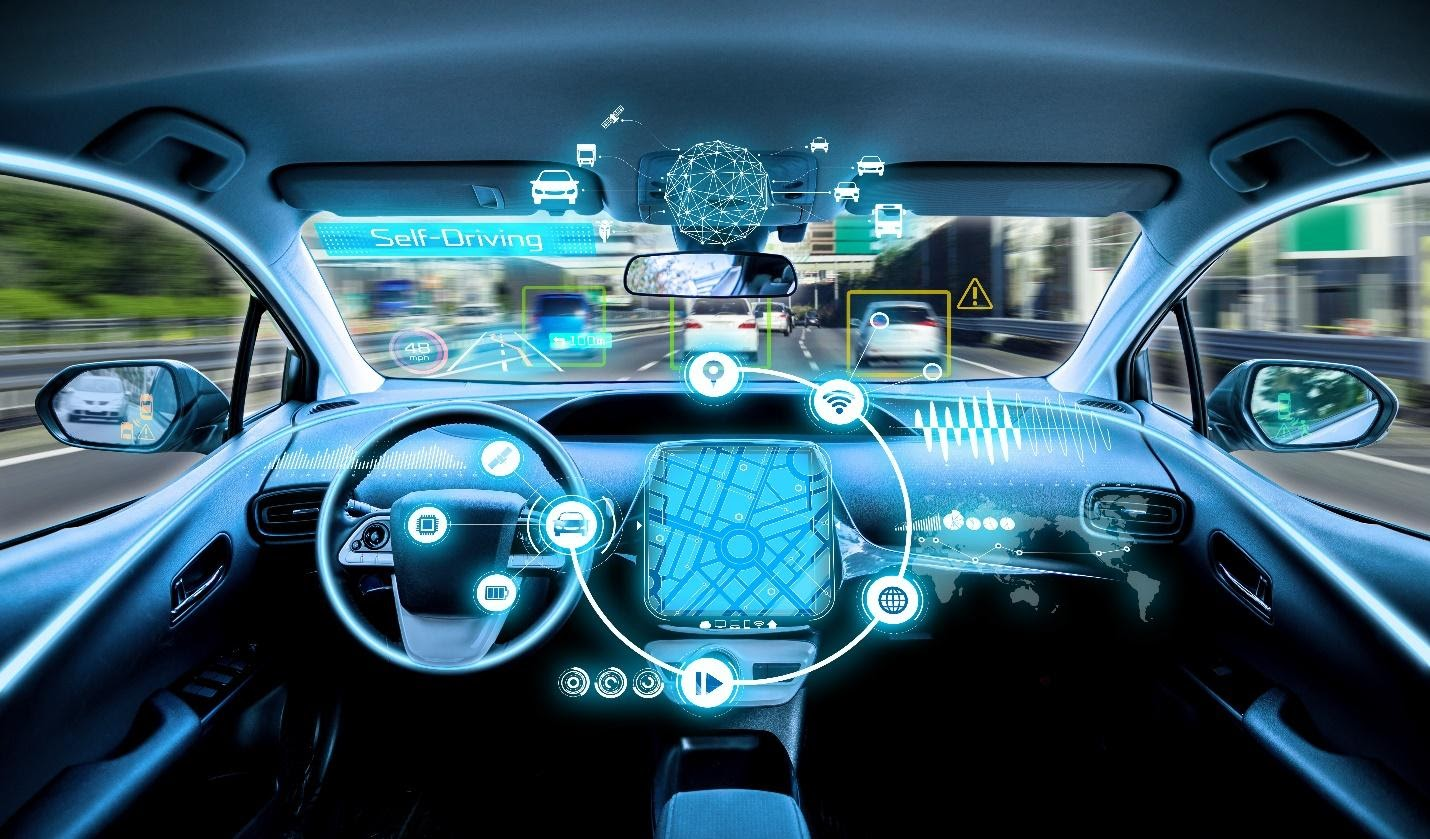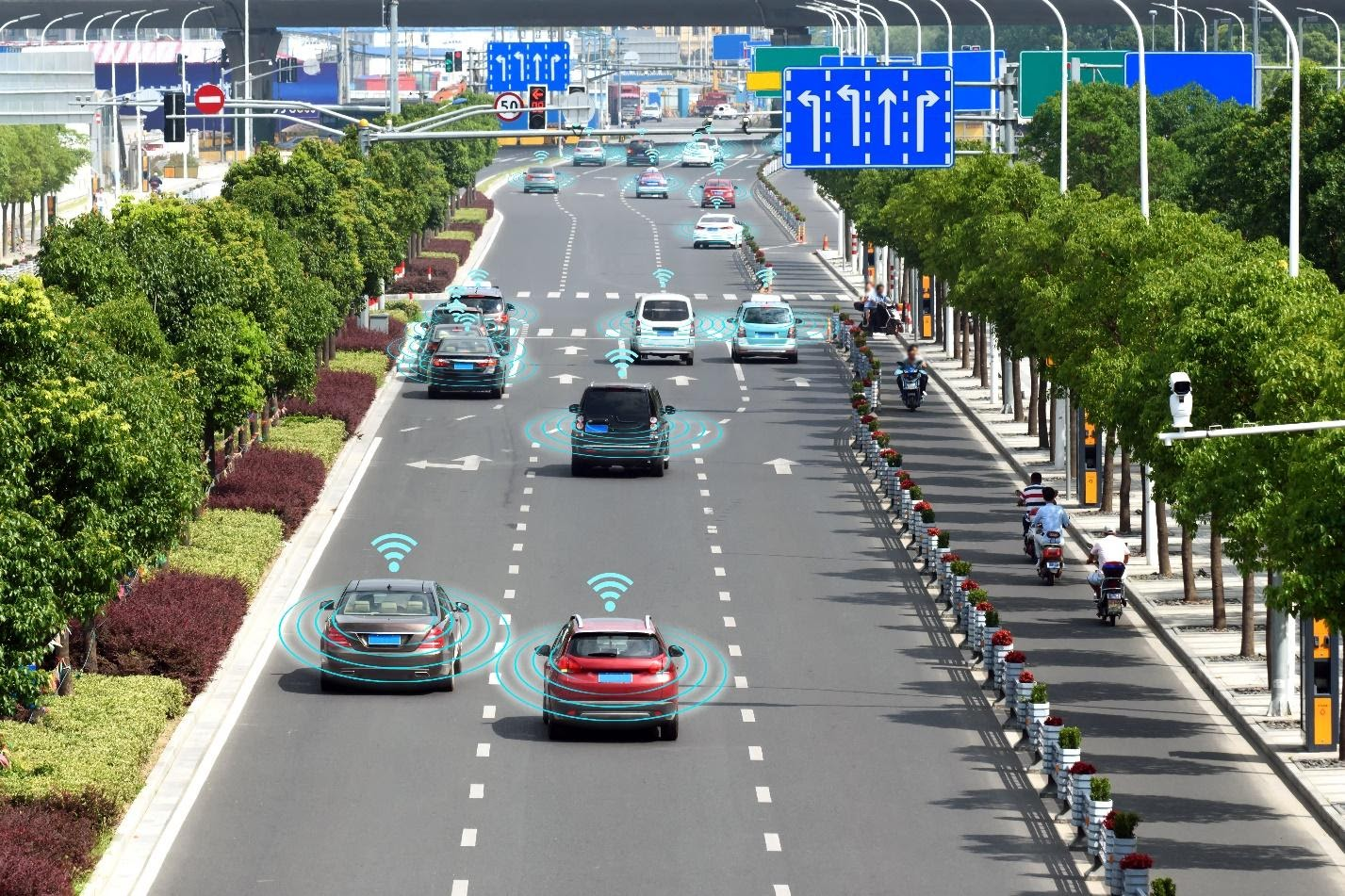In the third decade of the 21st century, everything we use is becoming more and more connected. This is all possible thanks to the Internet of Things (IoT), or the network of physical objects containing embedded technology that allows them to communicate, sense, and/or interact with the external environment of their internal states.
 One area of the economy that makes this glaringly evident is the automotive industry, where Artificial Intelligence (AI) is disrupting jobs and massively shifting the way cars are manufactured.
One area of the economy that makes this glaringly evident is the automotive industry, where Artificial Intelligence (AI) is disrupting jobs and massively shifting the way cars are manufactured.
If you haven’t caught wind of the latest advances in automotive technology, today’s post covers the most impressive—and most disruptive—innovations in the production and operation of vehicles as we know them. What we thought of as sci-fi 50 years ago is slowly turning into tangible reality that we may very well confront in 2020. Here’s how IoT benefits vehicles, along with how it could possibly threaten drivers, dealers, and manufacturers.
1. Connected Transportation
In the fundamental sense, IoT is all about the use of sensors and radars that enable devices to pick up information around or within them. This enables cars to analyze their surroundings and detect obstacles or vehicles around them.
Many new models boast features such as Blind Spot Detection, Lane Shift Assist, and Forward Collision Warning systems that not only notify the driver to their drifting or hazard ahead but go so far as to apply the car’s brakes to prevent an accident from happening. While this may reduce autonomy and personal responsibility out on the road, the ultimate goal is to improve driver and pedestrian safety.
2. Advanced Diagnostics
When accidents do happen, the repair process is becoming easier and faster to expedite. By running a simple car diagnostics tool, technicians can effortlessly keep up with the complexity of modern cars in collision repair facilities. This not only benefits mechanics’ workflow, but also automotive insurers and their consumers.
Through wireless IoT, claimants can take initial photos or videos of damage to send them directly to their carrier via mobile app. This could provide a ton of information without the need for stacks of paperwork, improving time and efficiency. Then, diagnostic systems integrated through wired IoT enables repairs that are quicker and more accurate, ultimately leading to cheaper premiums.

This might lead to a further loss of mechanical jobs as AI takes the place of a human diagnostician, but the potential savings in time and money are certainly worth noting.
3. Improved Monitoring
In some cases, accidents occur because a car malfunction went undetected for too long. IoT will help fix this problem and ensure vehicles are operating at their finest—and safest—through continuous use of internal monitoring systems.
Currently, fleet managers and individual drivers can purchase an in-vehicle monitoring system (IVMS) that provides detailed information regarding how the car is performing. Not only can these be intelligently configured to provide audible and visual alerts designed to protect the driver and their vehicle, but it can also monitor driver activity and identify behaviors such as:
- Excessive speeding
- Rapid acceleration
- Harsh braking
- Drowsy driving
- Lane veering
In 2020, we’ll see car manufacturers embed an IVMS directly into the vehicle for real-time data rather that through the extension of a third party IoT device.
4. Efficient Manufacturing
Advancements in IoT assists the automotive industry by predicting events in the manufacturing process, which allows them to plan more proactively rather than respond reactively. Process optimization through smart manufacturing with IoT improves efficiency in the workplace, but it also poses new challenges.
Carmakers find themselves navigating new, difficult terrain with many different players; automotive software developers are now as equally important as the technicians who actually assemble the cars. Everyone in this expanding eco-system is fighting for value and manufacturers are forced to consider new approaches that strengthen their position.

Fundamentally, companies will need to develop a clear mapping of where data originates and work closely with technology providers to build a broader brand experience through IoT.
No one knows for certain what the future holds, but by analyzing current trends, we can predict where we’re heading. We’re confident that nearly every aspect of the automotive industry will be upended—in some ways good, in some ways bad—affecting all parties involved. Keep your eye on the industry this year and see how much has changed by December.
